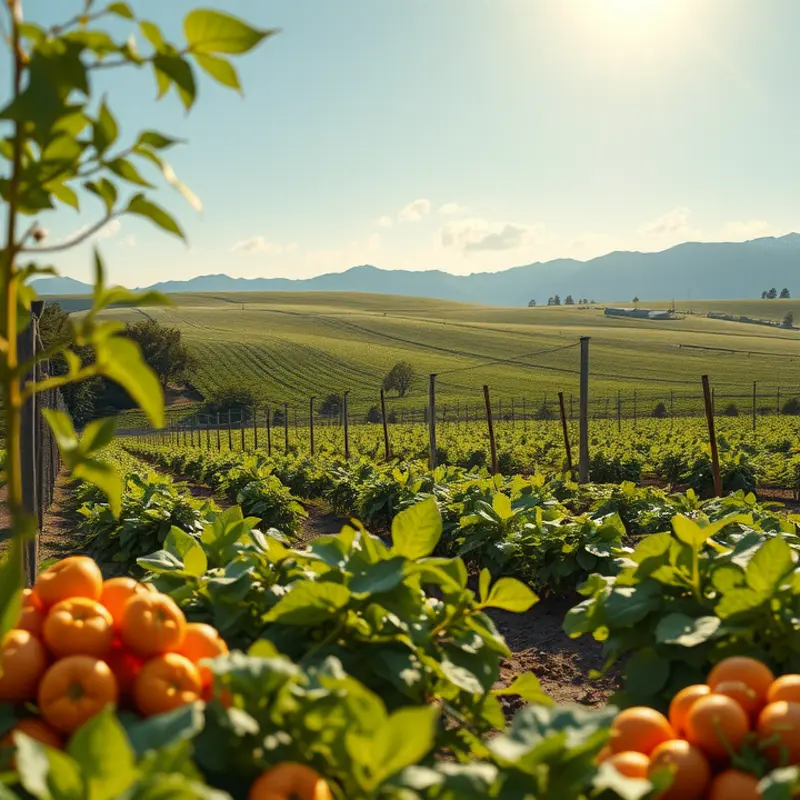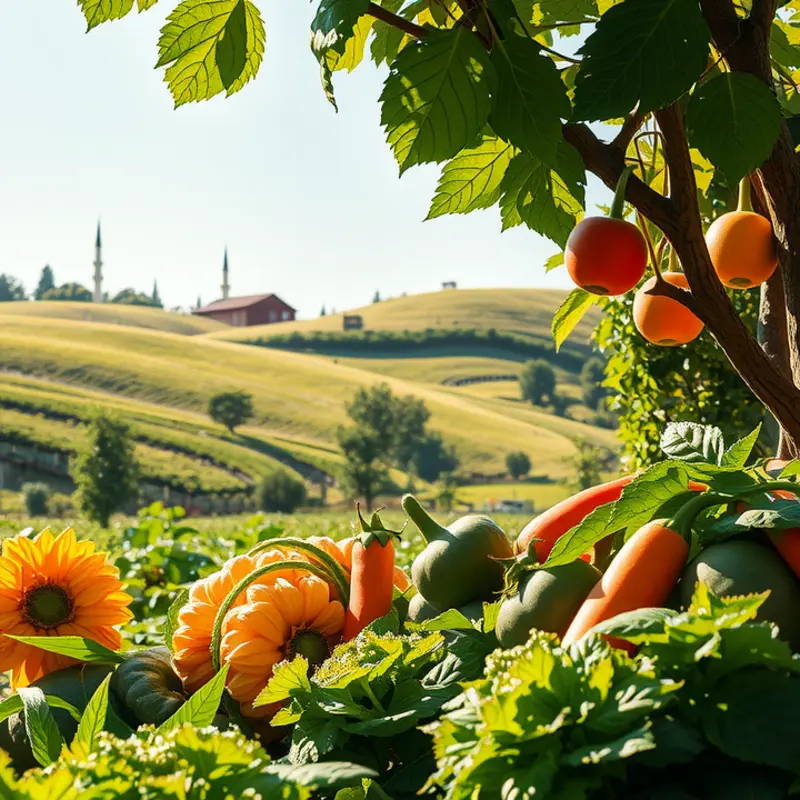Cooking is an essential skill that can transform your dining experience and offer a delightful creative outlet. For beginners and even seasoned home cooks looking to refine their techniques, understanding different cooking methods is crucial. Whether frying crisp vegetables or roasting a whole chicken, the right method can elevate any dish. This guide provides clear and approachable tips on basic cooking methods that will build your confidence in the kitchen while enhancing your culinary repertoire.
The Art of Sautéing and Stir-Frying

Discovering the finesse of sautéing and stir-frying is essential for any budding cook. These techniques offer quick and delicious ways to prepare food by highlighting fresh ingredients. Despite their similarities, sautéing and stir-frying have distinctive characteristics.
Sautéing typically involves cooking ingredients over medium-high heat in a small amount of fat, like oil or butter. The goal is to cook the food evenly, achieving a delicate browning while ensuring the inside remains tender. Vegetables, proteins, and aromatics are popular choices for sautéing. Key to mastering sautéing is proper heat management—use preheated pans to prevent food from steaming instead.
Stir-frying, on the other hand, uses sustained high heat with constant stirring to cook ingredients quickly. This method, often associated with Asian cuisine, requires bite-sized pieces to optimize even cooking. Choose a high smoke-point oil, such as grapeseed or canola, to withstand the heat. Stir-frying not only preserves the texture and color of vegetables but also infuses flavors rapidly.
Begin with a trusty set of tools—a wide, heavy-bottomed skillet or wok, a wooden spatula, or tongs. These utensils help you manipulate the food efficiently, ensuring it cooks evenly. When gathering ingredients, include fresh vegetables and proteins like chicken or tofu. Fresh aromatics like garlic, ginger, and onion add a fragrant depth to both methods.
Timing is crucial. In sautéing, start with heartier ingredients, like onions and carrots, adding delicate ones, like mushrooms, later. Stir-frying requires the opposite approach—quickly add ingredients in succession. Pre-prepare everything, as the actual cooking process is swift.
Seasoning comes next—simpler isn’t always better. Salt enhances flavors, while acids like lemon juice can brighten a dish. For sautéing, a splash of white wine can deglaze the pan, lifting those cooked-on bits for a richer flavor.
Experts emphasize the need for practice to perfect these techniques. Consider testing your skills by preparing a simple chicken and vegetable stir-fry. Incorporate heat control and movement to experience how each factor influences the dish.
Store your sauces for these cooking styles safely. They play crucial roles in infusing flavors. For more on sauce storage, check out our guide on safer storage of sauces.
Remember, cooking involves a journey of flavors and methods. As you experiment, your instincts in the kitchen will sharpen, adding confidence to your culinary repertoire.
Baking Basics: Understanding Temperature and Timing

Baking is a harmonious blend of science and creativity where precision reigns supreme. Temperature and timing are pivotal components that decide the success of your baked creations. Understanding these elements can transform your hesitant first steps into confident strides across the kitchen. Let us explore some integral baking techniques and terminology, while sharing tips on avoiding common baking blunders.
Temperature control is your best friend in baking. Misjudging oven temperatures can result in undercooked centers or scorched crusts. Preheating your oven is critical; skipping this step can cause uneven cooking. Use an oven thermometer to ensure the temperature is accurate, especially since many built-in thermometers can be unreliable.
Different recipes require distinct temperature ranges. For instance, bread often needs high heat, around 450°F (232°C), to develop a crisp crust, while delicate cookies might bake at 350°F (177°C). Each recipe’s specified temperature should be followed carefully, and alterations can lead to undesirable results. If you’re unsure, always lean towards the recipe’s specifications first before experimenting.
In parallel with temperature, timing is a crucial consideration. Adhering to the suggested baking durations will help avoid the two dreaded results: overbaking or underbaking. Setting a timer is advisable, and checking your baked goods slightly before the time runs out allows for any necessary adjustments.
Terminology associated with timing in baking includes phrases like “until golden brown” or “moist crumbs.” Their meanings can differ across various recipes, but they generally reference visual and textural cues that indicate doneness. Knowing what these cues look like for different baked goods will add layers of intuition to your baking skills.
To prevent pitfalls such as uneven baking, consider rotating your baking sheets halfway through the cooking time. This method ensures consistent heat exposure and reduces the risk of one part cooking more quickly than another.
Another tip to ensure success is to consider high-quality baking tools. Good-quality baking pans distribute heat uniformly, making them worth the investment. Also, familiarize yourself with the differences between conventional and convection ovens. Convection ovens circulate air, cooking faster and more evenly, which can affect timing.
Baking from scratch can be a meticulous, yet deeply rewarding venture. A measured blend of patience and precision yields delightfully consistent results. As you become more adept, these temperature and timing considerations will become second nature, allowing your creative side to flourish.
For additional tricks that can elevate your baking, consider exploring other cooking techniques. Delving into diverse methods enhances your culinary repertoire, providing endless opportunities for fresh and flavorful creations.
Final words
Mastering basic cooking methods is essential for cultivating your culinary skills. By focusing on techniques like sautéing, stir-frying, and baking, you can create delicious meals with ease and confidence. Remember, practice is key to improvement, so don’t hesitate to experiment and personalize your dishes. As you enhance your cooking skills, you’ll not only expand your repertoire but also discover the joy of creating satisfying meals for yourself and loved ones. Embrace the process, and let your kitchen adventures begin!







